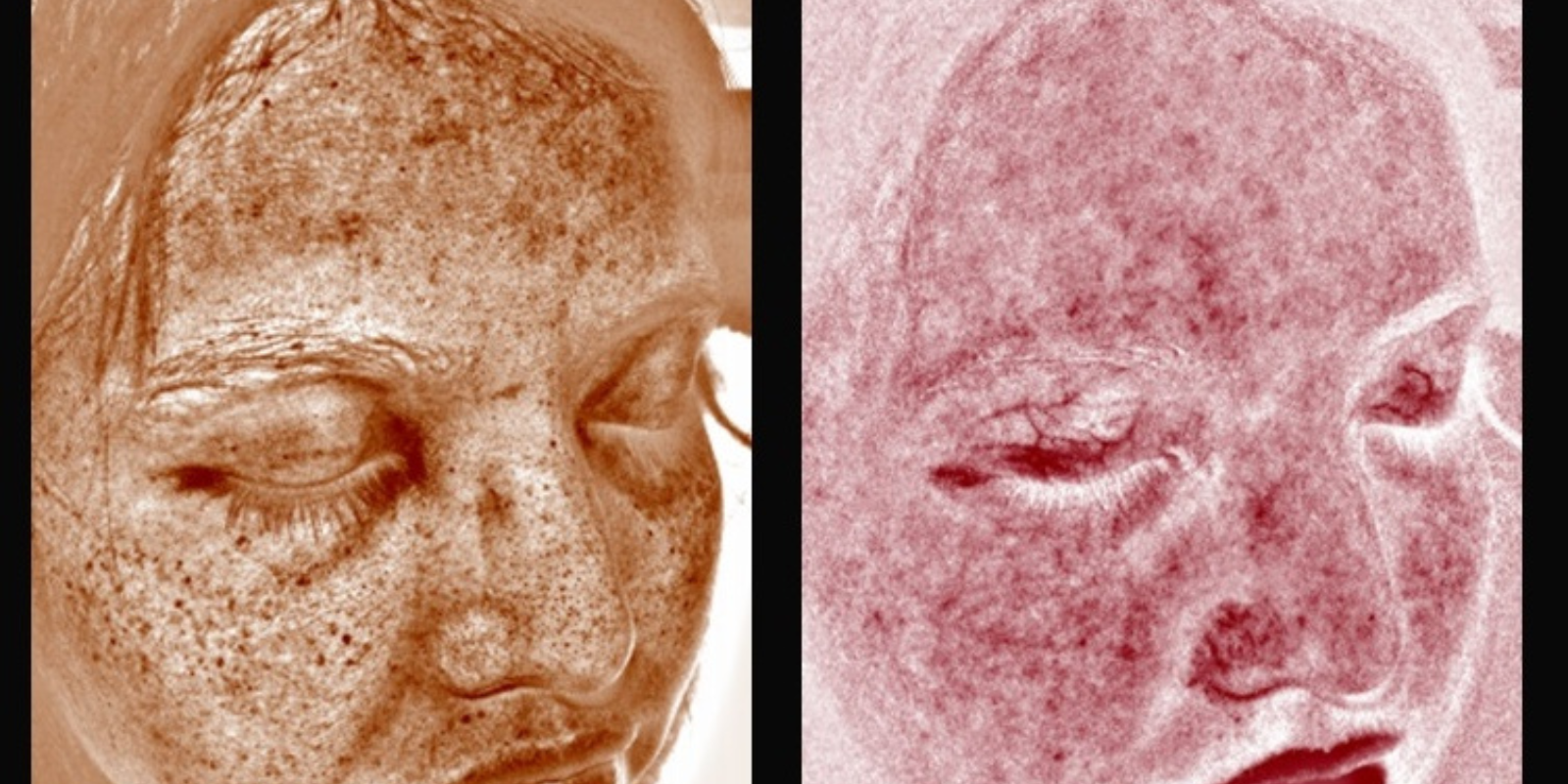What is acral lentiginous melanoma?
It is a type of melanoma that arises on non-hair-bearing skin, including the palms of the hands, the soles of the feet, and underneath the fingernails. They’re not caused by sun exposure, and they affect people of all races and ethnicities. Cutaneous melanoma caused by sun exposure mostly affects Caucasians, but this is a type of melanoma that affects everyone. In countries like Asia, acral lentiginous melanoma is the most common form of melanoma, though it's still a rare melanoma overall. It makes up about 3% of all melanoma cases.
What causes it?
The underlying cause is not well defined. We don't know what causes these. Sometimes people say, “Years ago, I smashed my finger in a car door,” or there's some sort of trauma. In Bob Marley's case, he thought it was just a bruise from kicking a soccer ball. There’s a loose connection to trauma, but it hasn't been proven. It's a rare cancer, so if it was caused just by smashing your finger in a door, everyone would have it.
Was there anything different about Bob Marley’s acral lentiginous melanoma?
Bob Marley's melanoma was underneath the toenail. Melanomas underneath the toenails and the fingernails are technically called subungual melanomas, and so they're a special type. Historically, they been clustered together with acral melanomas, but we published a paper a couple of years ago where we looked at the molecular features of the acral melanomas on the palms of the hands and the soles of the feet versus the molecular features of the subungual melanomas underneath the fingernails and the toenails. We found a lot of molecular differences, and now we argue that even though they’re related, subungual melanomas are actually clinically and molecularly very different. So technically, Bob Marley had a subungual melanoma.
How is acral lentiginous melanoma diagnosed?
It can be mistaken for bruising. The subungual ones can appear like a stripe under the fingernail or pigmentation around the nailbed at the bottom of the nail. The acral melanomas, the spots on the hands and the feet, can be tricky, because they look more like a regular mole. When you start developing a cutaneous melanoma, it usually gets irregular looking, and it can be raised and nodular. But the acral melanomas just look like a mole that stays pretty flat and might expand just a little. Sometimes we'll see a patient and they say, “I have this thing on the bottom of my foot; my primary doctor thought it was a wart and tried to freeze it off.” Because it's less common, not all general practitioners and are looking for this type of melanoma.
How dangerous is acral lentiginous melanoma?
One of the things we found is that the subungual melanomas under the nail seem to metastasize and spread a lot faster than a regular acral melanoma. A lot of times, when people get melanoma under the fingernail or toenail, doctors just amputate that digit. There is emerging data, however, that where even when you amputate, it doesn't extend survival overall. These melanomas can spread quickly, and even if they're detected early and you undergo amputation, you can still develop metastatic disease. The five-year survival rate for acral and subungual melanoma is similar to that of cutaneous melanoma — around 70% to 80% from initial diagnosis. The survival rate is pretty good if it's detected early, but once it spreads, acral melanoma is more challenging than cutaneous melanoma to treat.
Besides amputating a digit, are there other treatments?
True acral melanomas, the ones on the palms of the hands and the soles of the feet, have about a 15% rate of the BRAF genetic mutation that is found in other melanomas. We have drugs we can use to target that in the clinic, and those do work for acral melanoma patients. We don't see the BRAF in the subungual melanomas, however. Immunotherapy is very effective in around 50% of cutaneous melanoma patients, but it’s about half as effective in acral and subungual melanomas. There can be mutations like BRAF that you can target, and some patients will respond to immunotherapy, but not as well as in cutaneous.
Is there a surgical option for acral lentiginous melanoma?
For the acral melanomas, patients undergo a wide local excision, just as they would for a cutaneous melanoma. If it’s on the bottom of the foot, it can take longer to heal, but they do heal. For the subungual ones under the nail, it’s very difficult to cut out only the melanoma under the fingernail. That's why amputation is pretty common.
Is there any way to screen for acral lentiginous melanoma? What are the warning signs people should be looking for?
Typically, people notice these spots themselves and will go get checked out. There are no screening methods or known risk factors people should be aware of. You should keep an eye on your nails and check the bottom of the feet, particularly the heel. Anything that looks like a new mole or a pigmented area on the palms of the hands or the soles of the feet, definitely get that checked out. This is not a common place to get moles. The ones underneath the nails can present as a stripe on the fingernail or the toenail or a brown pigmented area right at the base of the fingernail. Sometimes people think it's a bruise that won't go away.



.png)

